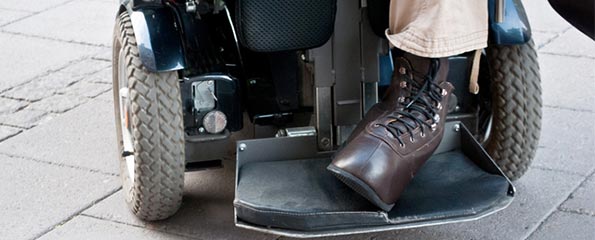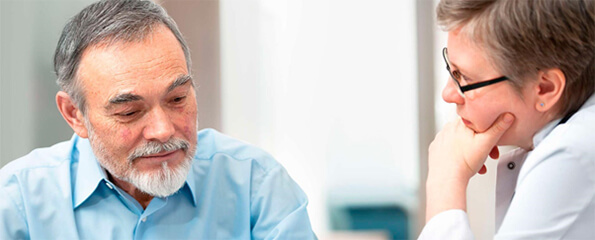These studies will provide us with enormous insight regarding how obese patients adapt energetically during negative energy balance. We will gain fundamental information regarding the metabolic implications of combining food restriction with a walking program compatible to that advocated by statutory agencies. These studies will lead to improved understanding of the energetic adaptation that occurs during negative energy balance and how best to treat patients with obesity.
Official Title
Conditions
ndition Treatment or Intervention Phase -Obesity-Behavior: Exercise and behavior modification-Phase I
Study Type
Interventional
Study Design
Diagnostic, Randomized
Further Details
Study Start
Eligibility & Criteria
Ages Eligible for Study: 25 Years – 55 Years, Genders Eligible for Study: Both Accepts Healthy VolunteersCriteria Ninety sedentary subjects, aged 25-55, who live <10 miles from Rochester will be recruited. This age range has been selected to enable us to study individuals at the peak age-range of obesity and over-weight prevalence and to avoid issues of menopause. Subjects will not be eligible for consideration if they take two or more bouts of exercise/week or participate in sports for more than 2 hours/week. Subjects with predicted weight maintenance energy requirements of <2000 kcal/day will have been excluded at screening. This is because when we come to underfeeding by 1000 kcal/day, we want to avoid feeding any volunteer <1000 kcal/day, for safety & compliance reasons. (A) LEAN: 30 (15F,15M) lean subjects; BMI <25 kg/m2. Each lean subject will be individually matched for height (+3cm) and age (+3 years) to an obese subject so as to establish comparable groupings for body size. Subjects will have been weight-stable for six months (B) OBESE: 30 (15F,15M) obese subjects; BMI 30-35 kg/m2. Subjects will have been weight-stable for six months (C) POST-OBESE: 30 (15F,15M) patients will have had a previous BMI >30 kg/m2 and a weight loss sufficient to achieve a BMI of <26 kg/m2 maintained for at least 2 months (with weight fluctuation during this period of <1 kg) (94). We will attempt to match these subjects to the obese subjects as described above.
Total Enrolment
90
Contact Details
[1] Mayo Clinic, Rochester, Minnesota, 55905, United States; Recruiting [2] James A. Levine, M.D., PhD 507-255-8076 levine.james@mayo.edu [3] Alisa C. Krizan, MS, RD 507 255-8386 krizan.alisa@mayo.edu
All content and media on the HealthEngine Blog is created and published online for informational purposes only. It is not intended to be a substitute for professional medical advice and should not be relied on as health or personal advice. Always seek the guidance of your doctor or other qualified health professional with any questions you may have regarding your health or a medical condition. Never disregard the advice of a medical professional, or delay in seeking it because of something you have read on this Website. If you think you may have a medical emergency, call your doctor, go to the nearest hospital emergency department, or call the emergency services immediately.







